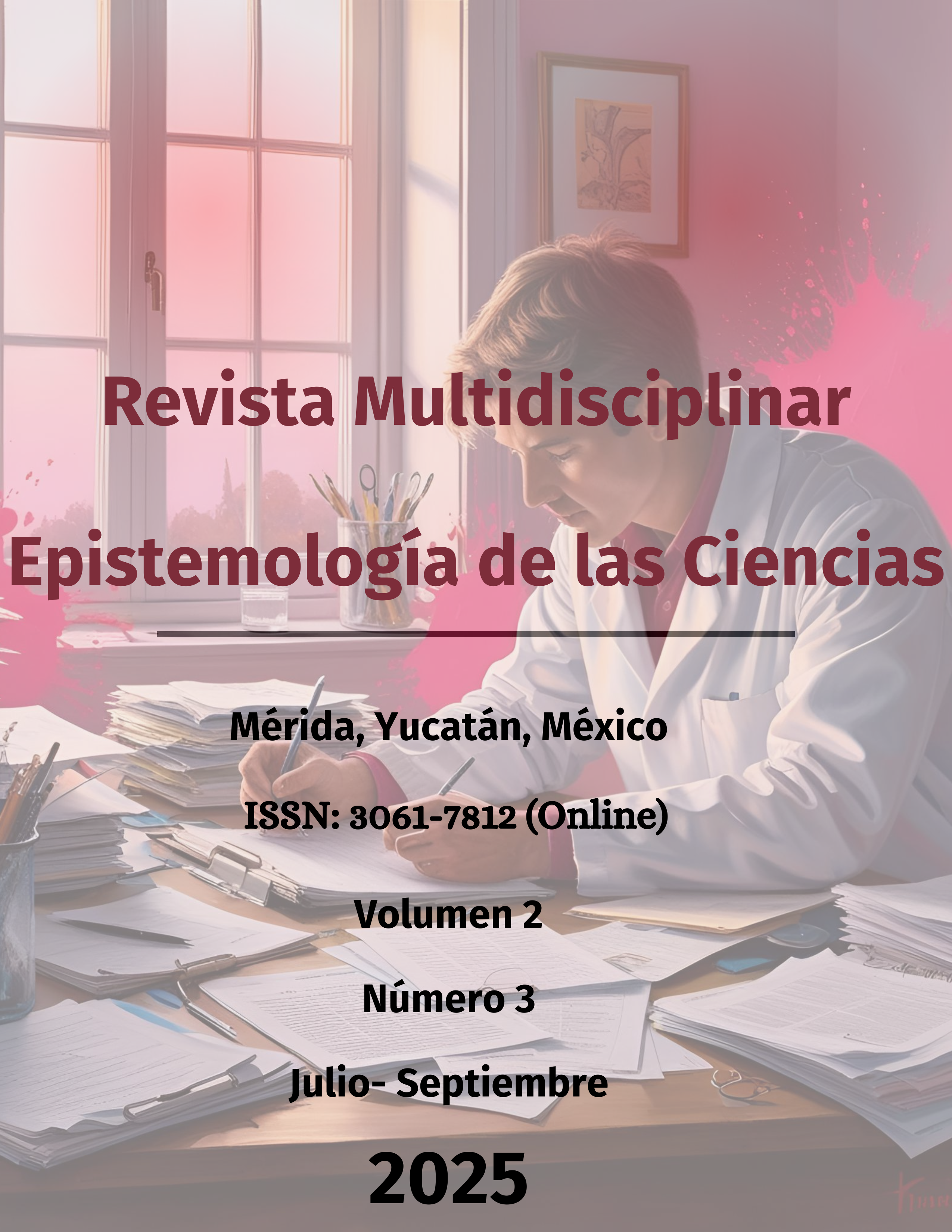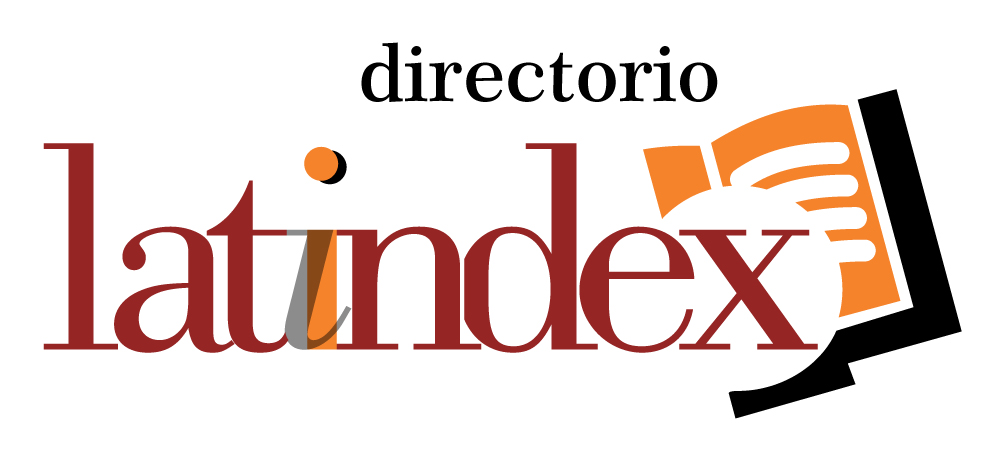The (in)visibility of indigenous languages in institutional translation
DOI:
https://doi.org/10.71112/n30rz969Keywords:
linguistic rights, symbolic exclusion, indigenous languages, multiculturalism, plurilingualismAbstract
This article examines the (in)visibility of Indigenous languages in institutional translation in Mexico, understood as a practice that reproduces symbolic and structural inequalities. Through documentary review and critical analysis of representative cases in the fields of health, justice, media, statistics, and everyday procedures, the systematic exclusion of these languages from official communication channels is shown to undermine fundamental rights, limit access to information, and perpetuate second-class citizenship for Indigenous peoples. The study argues that institutional translation should not be viewed as a mere technical mechanism, but rather as an essential public service with ethical and political implications for the recognition of the country's linguistic and cultural diversity.
Downloads
References
Baker, M. (2006). Translation and activism: Emerging patterns of narrative community. The Massachusetts Review, 47(3), 462–484.
Bassnett, S., & Lefevere, A. (1990). Translation, history and culture. Pinter Publishers.
Bourdieu, P. (2000). La dominación masculina. Anagrama.
Chamberlain, L. (1988). Gender and the metaphorics of translation. Signs, 13(3), 454–472. https://doi.org/10.1086/494428 DOI: https://doi.org/10.1086/494428
Cheung, M. P. Y. (2006). Anthology on Chinese discourse on translation (Vol. 1). Routledge.
Colegio de México (COLMEX). (2020). Observaciones al Censo de Población y Vivienda 2020 sobre pueblos indígenas. Programa de Estudios del Desarrollo.
Comisión Nacional de los Derechos Humanos (CNDH). (2009, 17 de julio). Recomendación 47/2009 sobre violaciones a los derechos humanos en el proceso penal de Jacinta Francisco Marcial, Alberta Alcántara Juan y Teresa González Cornelio. CNDH. https://www.cndh.org.mx/sites/default/files/doc/Recomendaciones/2009/REC_2009_047.pdf
Conde-Ferráez, L., Andueza Pech, M. G., Gómez Carballo, J. G., Kantún Moreno, N., & González-Losa, M. del R. (2022). Comunicaciones de salud dirigidas a los mayas de la península de Yucatán (México) en el marco de la pandemia COVID-19. Revista Española de Comunicación en Salud, 13(1). https://doi.org/10.20318/recs.2022.6099 DOI: https://doi.org/10.20318/recs.2022.6099
Córdova-Hernández, L., Vásquez-Jiménez, M., & Velasco-García, M. (2022). Situación sociolingüística y recursos tecnológicos en la formación de intérpretes y traductores de lenguas indígenas en Oaxaca. Revista de Llengua i Dret, 78, 138–154. https://doi.org/10.2436/rld.i78.2022.3689
Cronin, M. (2003). Translation and globalization. Routledge.
Del Carpio, K. (2020). Otra educación y escuela son posibles: El caso de los niños tsotsiles en Chiapas, México. Revista de Educación de Puerto Rico (REduca), 3(1), 1–19.
Estrada, B. (2020). Traducción e interpretación en lenguas indígenas: Tensiones entre la legislación y la práctica. Revista de Lingüística y Cultura, 12(1), 45–60.
Flores Farfán, J. A. (2009). Revitalización lingüística: Reflexiones y propuestas desde contextos multiculturales. CIESAS.
Hamel, R. E. (2016). Bilingual education for indigenous peoples in Mexico. En J. Cummins & N. Hornberger (Eds.), Bilingual and multilingual education (pp. 396–406). Springer. https://link.springer.com/referencework/10.1007/978-3-319-02324-3 DOI: https://doi.org/10.1007/978-3-319-02258-1_30
Instituto Nacional de Antropología e Historia (INAH). (2021). Lenguas indígenas y derechos lingüísticos en el México contemporáneo. Dirección de Estudios Históricos.
Instituto Nacional de Lenguas Indígenas (INALI). (2008). Catálogo de las lenguas indígenas nacionales. https://www.inali.gob.mx/clin-inali/
Instituto Nacional de Lenguas Indígenas (INALI). (2021). Política lingüística y servicios de interpretación en lenguas indígenas. Dirección General de Coordinación del Sector.
Ley General de Derechos Lingüísticos de los Pueblos Indígenas. Diario Oficial de la Federación, 13 de marzo de 2003. https://www.diputados.gob.mx/LeyesBiblio/pdf/LGDLPI.pdf
Lozano Ascencio, F. (2022). Lenguas indígenas y servicios de salud: Desafíos para la interpretación y la traducción en contextos interculturales. Instituto Nacional de Lenguas Indígenas (INALI).
Martín Ruano, M. del R. (2018). Traducción institucional y exclusión simbólica: La ausencia de lenguas indígenas en el discurso oficial mexicano. Trans: Revista de Traductología, 22, 111–128.
May, S. (2012). Language and minority rights: Ethnicity, nationalism and the politics of language. Routledge.
Méndez Luna, M. (2023). Interpretación indígena en Guerrero: Avances y desafíos de un programa piloto judicial. Revista Latinoamericana de Derechos Humanos, 34(1), 25–50. https://doi.org/10.15359/rldh.34-1.2 DOI: https://doi.org/10.15359/rldh.34-1.2
sinembargo.mx. (2025, 20 de agosto). Indígenas de Oaxaca recurren a tradiciones de cooperación y aislamiento para enfrentar la COVID-19. https://www.sinembargo.mx/3857353/indigenas-de-oaxaca-recurren-a-tradiciones-de-cooperacion-y-aislamiento-para-enfrentar-la-covid-19/
Skutnabb-Kangas, T. (2000). Linguistic genocide in education—or worldwide diversity and human rights? Routledge.
Spivak, G. C. (1993). The politics of translation. En L. Venuti (Ed.), The translation studies reader (pp. 369–388). Routledge.
Suprema Corte de Justicia de la Nación (SCJN). (2018). Derechos lingüísticos en el sistema de justicia penal: Retos y oportunidades. Dirección General de Derechos Humanos.
Tymoczko, M. (2014). Cultural hegemony and the erosion of translation communities. En S. Bermann & C. Porter (Eds.), A companion to translation studies (pp. 165–178). Wiley-Blackwell. https://doi.org/10.1002/9781118613504.ch12 DOI: https://doi.org/10.1002/9781118613504.ch12
Tymoczko, M., & Gentzler, E. (Eds.). (2002). Translation and power. University of Massachusetts Press.
Van Dijk, T. A. (2016). Discurso y poder. Gedisa.
Vásquez Carrillo, R. (2020). Entre la palabra y el cuerpo: Barreras lingüísticas en servicios de salud para pueblos indígenas en Veracruz. Salud Colectiva, 16, e2753. https://doi.org/10.18294/sc.2020.2753
Venuti, L. (2008). The translator’s invisibility: A history of translation (2.ª ed.). Routledge.
Downloads
Published
Issue
Section
License
Copyright (c) 2025 Multidisciplinary Journal Epistemology of the Sciences

This work is licensed under a Creative Commons Attribution 4.0 International License.











